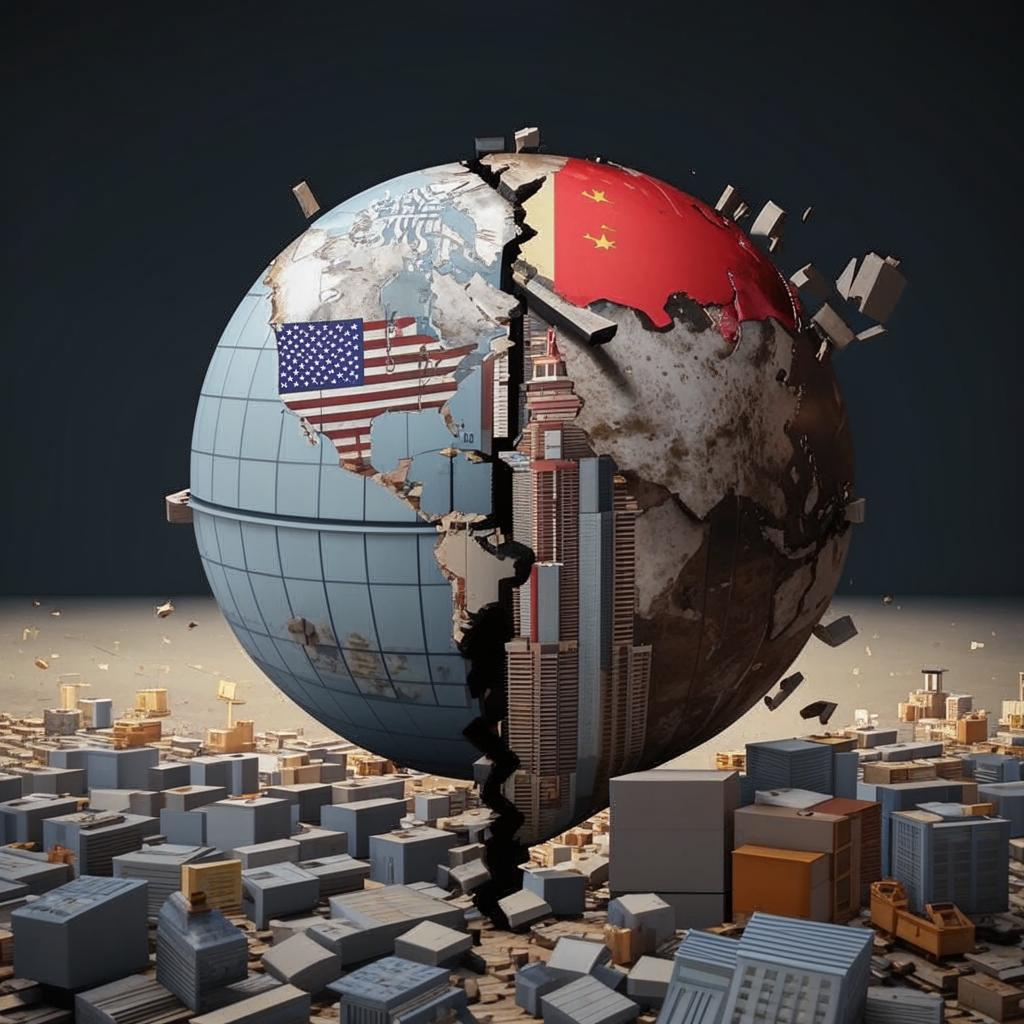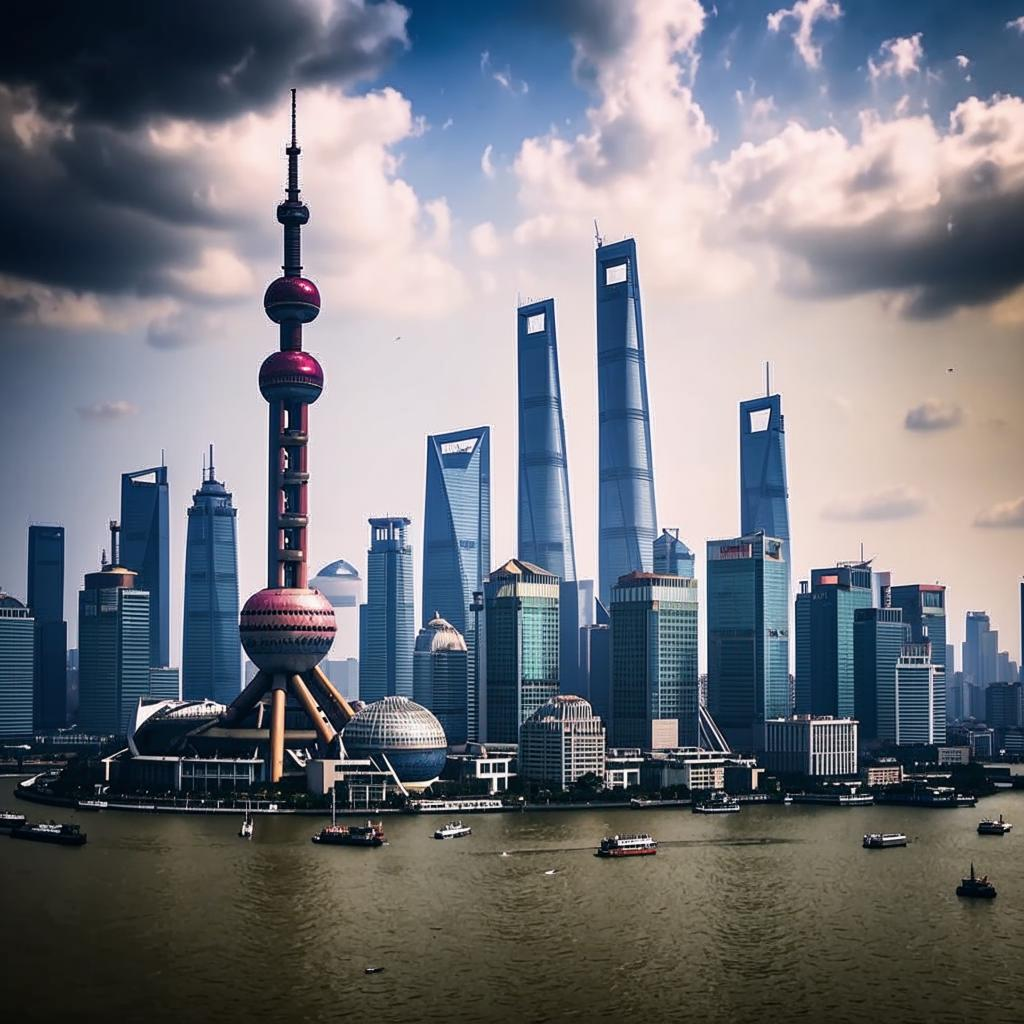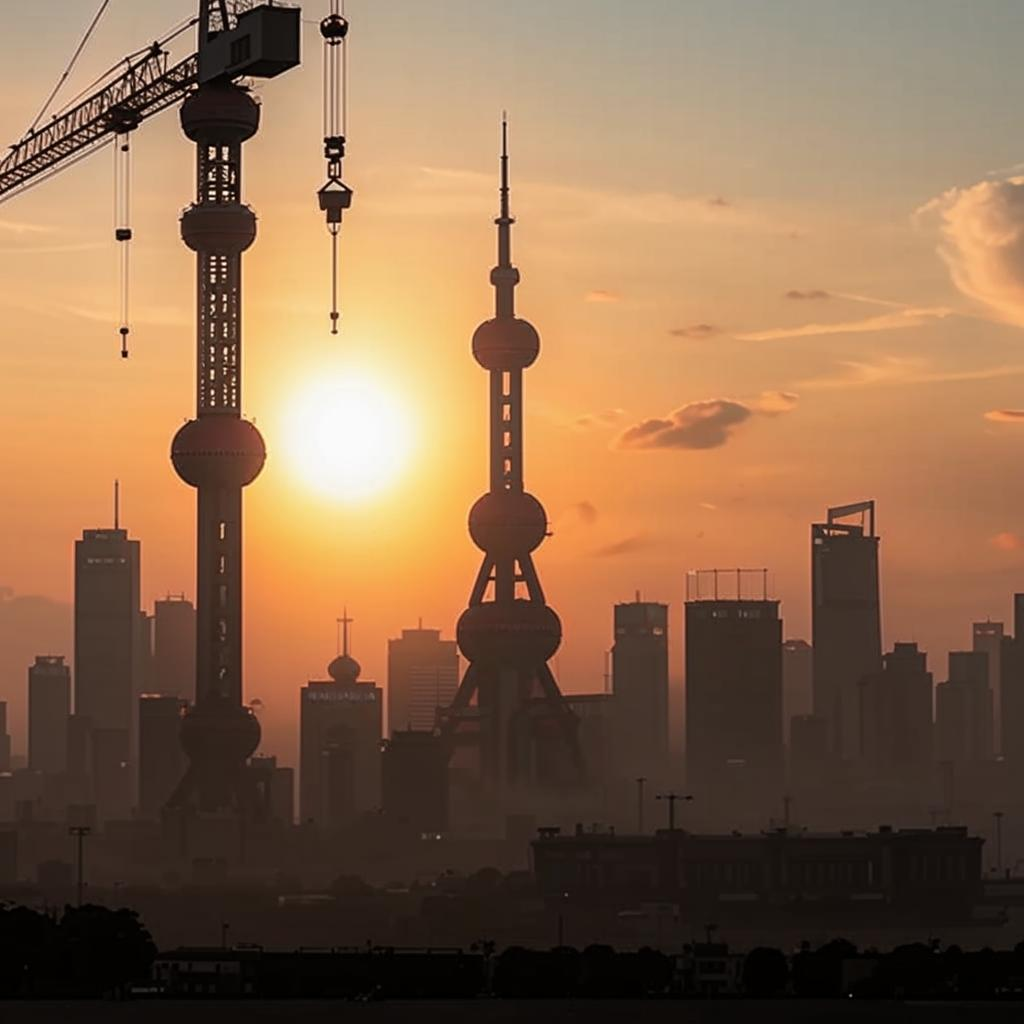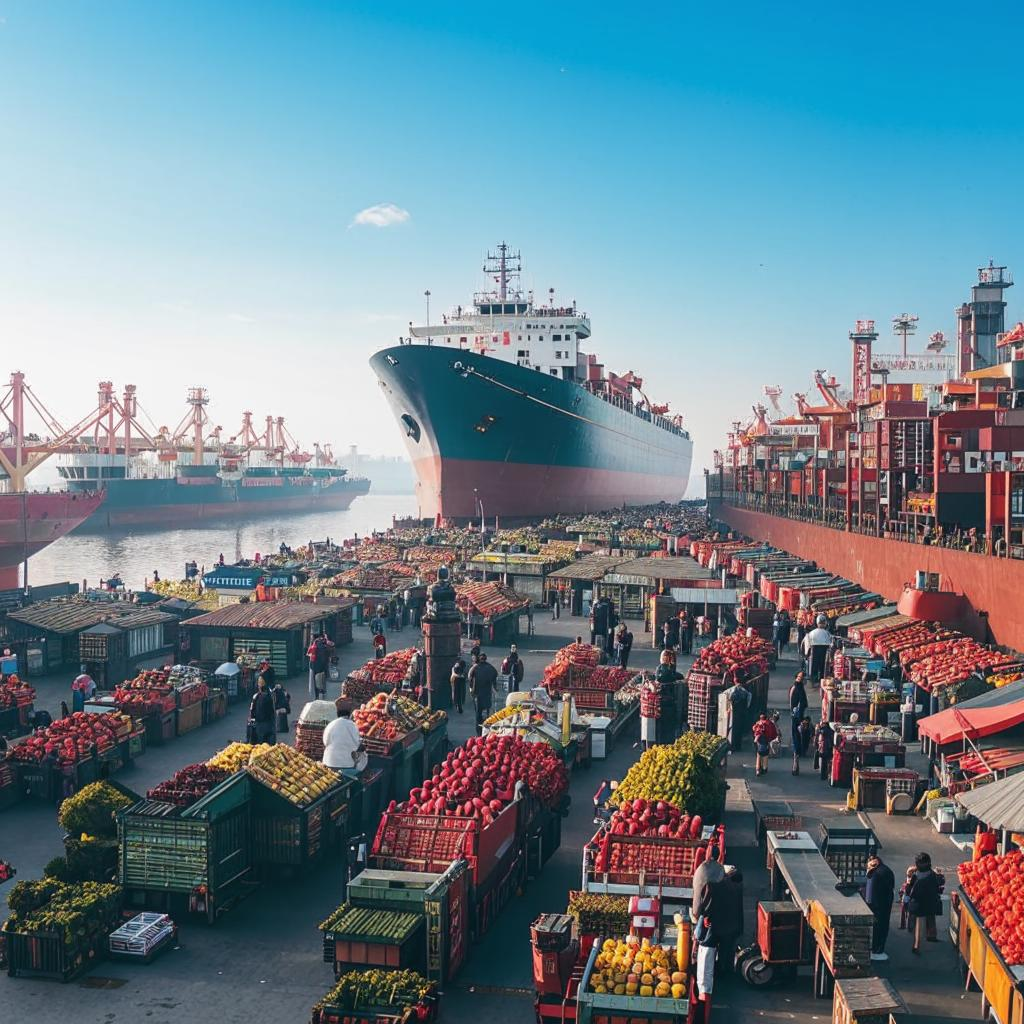The escalating tensions between the United States and China are pushing the world toward a dangerous economic precipice. What was once a trade dispute is morphing into a deeper, more fundamental decoupling that could reshape the global order. The implications are far-reaching, impacting everything from supply chains and technology development to geopolitical stability.
For decades, the intertwined economies of the US and China fueled global growth. China, as the world’s factory, provided affordable goods, while the US, as a major consumer, absorbed those products. This symbiotic relationship benefited both nations, but it also created vulnerabilities. Now, driven by concerns over trade imbalances, intellectual property theft, and national security, the US is actively seeking to reduce its reliance on China.
This shift is manifesting in several ways. Tariffs on Chinese goods have disrupted trade flows. Companies are reassessing their supply chains, seeking alternative manufacturing locations in countries like Vietnam and India. Restrictions on technology transfers and investment are further isolating the two economies.
The consequences of this “monumental split” are potentially dire. Global economic growth could slow as trade barriers rise and investment declines. Companies may face higher costs and reduced profitability. Geopolitical tensions could escalate as the US and China compete for influence in different regions of the world. The world economy now faces a time of great uncertainty, a new era defined by competition and rivalry between the world’s two largest economies. The path forward is far from clear, but one thing is certain: the world will look very different.















